Himmel / Sky I - IV
Oliver Boberg's new series: "Skies I - IV", shows what until now was not in his pictures: atmospheric, cloudy skies. Before "Skies I - IV" Boberg's world did not continue beyond the horizon. The ground behind his backyards, roofs, car parks is clear and white, a winter light dominates the desolate sites.
The difficulty with pictures is, that they stand still. Actually one photo canīt document a progress. (Never-theless artists have found ways to create the illusion that we assist to something that happens.) In Boberg's desolate city sites and landscapes this was not a problem but an advantage: Nothing happens there, time stands still in these pictures.
But now Boberg deals with time. The new series "Skies I - IV" consists of four large diptychs (each print is ca. 115 x 155 cm). The subjects are views of cloudy skies, observations of the slow motions of clouds. Like in earlier pictures colours are subdued; variations of greyish blue and white that emit a very quiet at-mosphere. The slight changes that one distinguishes attentively observing the two pictures at a diptych make the passing of time visible: Clouds never stand still, a short moment later a cloud is never like it was before.
This short Moment of a few seconds means for Oliver Bobergīs complicated rearrange- ment of his large scale models. His skies are, like the city sites and landscapes before, studio constructions. The views to a winter sky or the look out of the plane on a cloudy day are artificial. But the effect, the mood in these pictures, is real.
When Alfred Stieglitz in 1917 started to take photographs of clouds as "a series of forms that, when photographed, would yield an image with specific suggestive powers that can direct the viewer into a specific and known feeling, state or place within himself." This describes a system of visual experiences related closely to inner, psychical processes. An approach to the sky with a long tradition.
At the end of the 18th century painters became more and more interested in the representation of clouds. What started as meteorological research became a crisis in the history of painting. Pictures of science competed with art - an interaction discussed intensively. The painter's approach to reality had changed John Constable, who made lots of cloud studies, described the sky as the "chief organ of sentiment" in a picture.
From a certain point of view Oliver Boberg's way is a very conservative one. Like the old masters he observes the world outside, takes sketches (also in form of photographs) - and then creates something completely artificial in his studio. What artists hoped to fix this way was the essence of things, an ideal, closer to reality than reality itself.
Boberg's "Skies" can be seen not only as results of attentive analytical observations and as an attempt to evoke certain feelings and records, but as a contribution to a discussion in art that still continues.
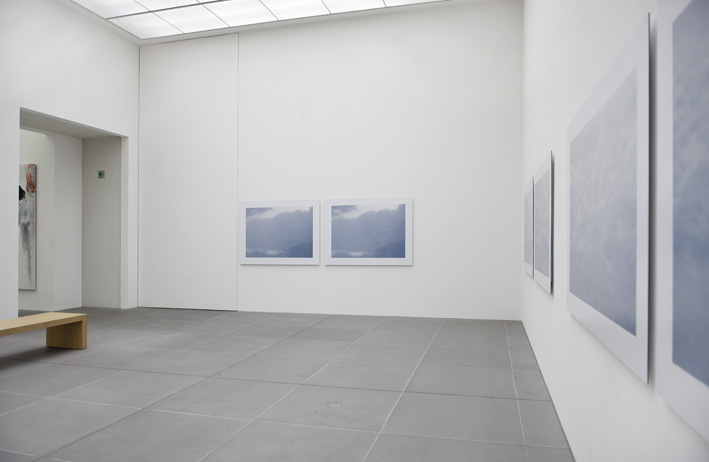
Oliver Boberg - Himmelinstallation 1
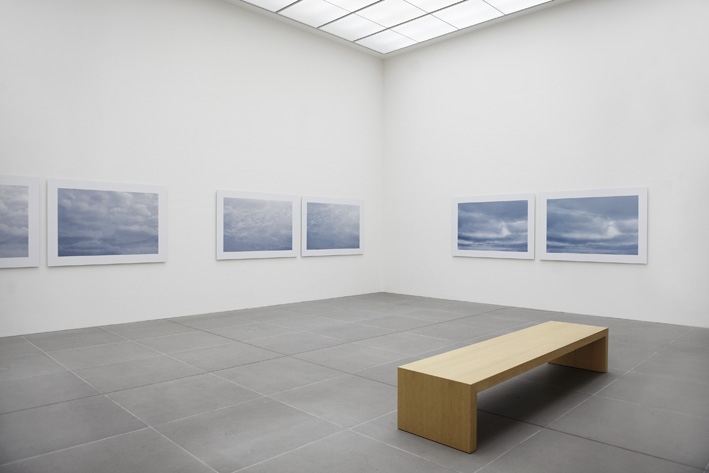
Oliver Boberg - Himmelinstallation 2
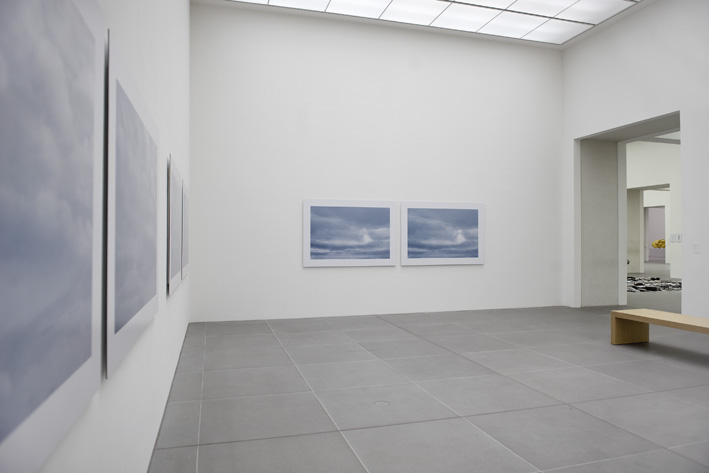
Oliver Boberg - Himmelinstallation 3
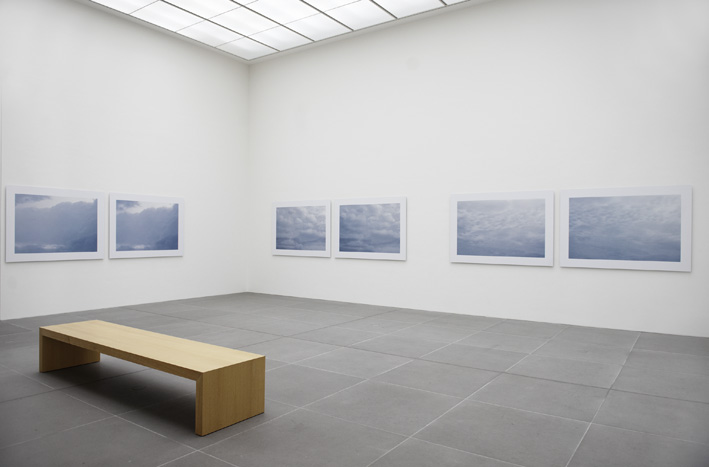
Oliver Boberg - Himmelinstallation 4
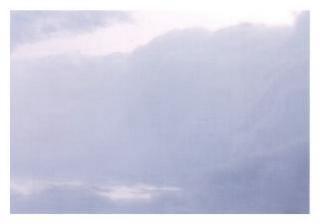

Oliver Boberg - Himmel I / Sky I, 2000, C-Print, Diptych, 115 x 155 cm each
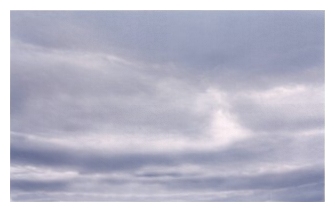
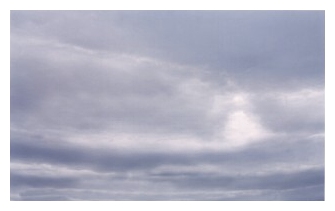
Oliver Boberg - Himmel II / Sky II, 2000, C-Print, Diptych, 115 x 165 cm each
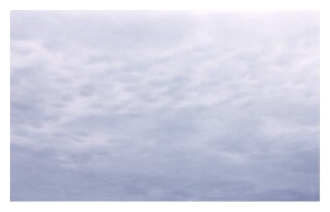
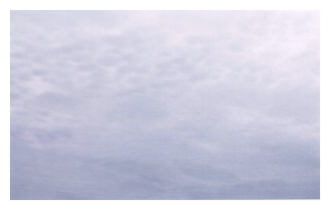
Oliver Boberg - Himmel III / Sky III, 2000, C-Print, Diptych, 115 x 165 cm each
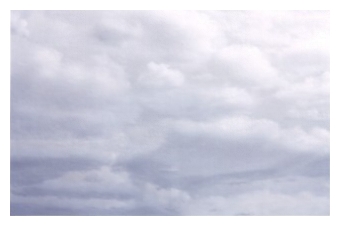

Oliver Boberg - Himmel IV / Sky IV, 2000, C-Print, Diptych, 115 x 165 cm each










Oliver Boberg - Himmel V / Sky V, 2001, C-Print, 70 x 70 cm each